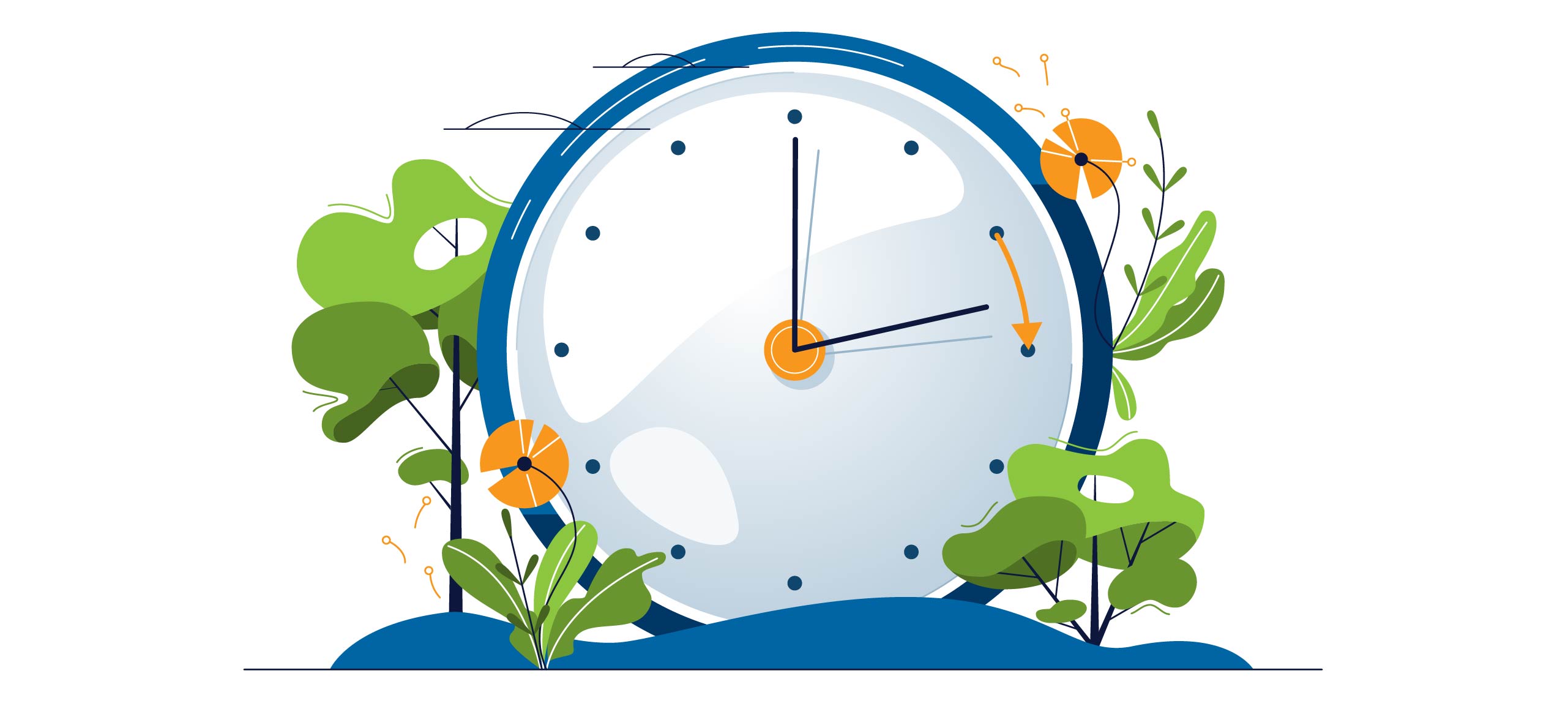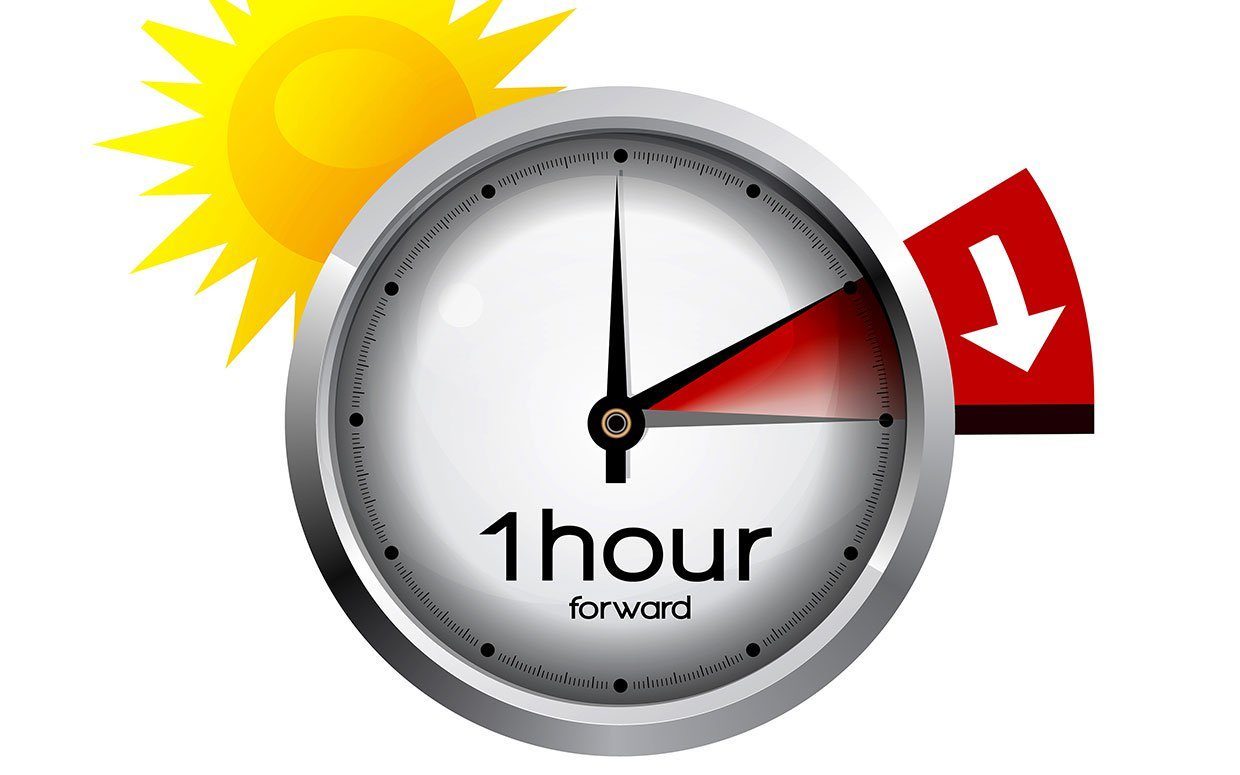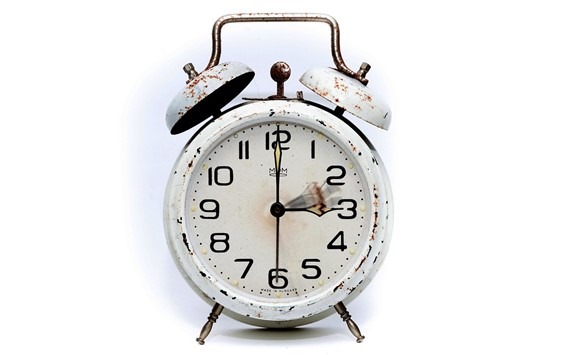
Indeed, the most recent expansion of DST came via an energy bill that Congress passed in 2005. It all started out as an energy policyįor decades, shifting the clocks during the months that have the most sunlight was promoted as a way to save energy. had mainly dabbled with daylight saving during World War I and World War II. Those changes all followed the establishment of daylight saving time in 1966, when Congress passed the very sci fi-sounding Uniform Time Act. The longer time frame took effect in 2007. Then in 2005, Congress moved the start date one month earlier in the spring and pushed it one week later in the fall. The first big shift came in 1986, when the start of daylight saving shifted earlier, from the last Sunday in April to the first. Lawmakers have steadily extended the summertime schedule in recent decades. That's a far cry from the original law, which divided the year in half. "Standard time" is in effect for only a shrinking portion of the year, with daylight saving time having controlled the clock for 34 weeks - roughly eight months - in 2022. The one-hour adjustment will revert to standard time on Sunday.ĭaylight saving time is already the new standard "In the last five years, 19 states have enacted legislation or passed resolutions to provide for year-round daylight saving time, if Congress were to allow such a change," according to the National Conference of State Legislatures.Ī World War I-era poster celebrates daylight saving time, with Uncle Sam changing a clock as a clock-headed figure throws its hat in the air. But each year, more states say it's time to stop futzing with the clock and embrace daylight saving time year-round. Sunrise and sunset will be about 1 hour later on than the day before. Sunday, October 1, 2023, 3:00:00 am local daylight time instead. Sunday, October 1, 2023, 2:00:00 am clocks are turned forward 1 hour to. "The barbecue industry said it was worth $100 million." 19 states say we should all just spring forwardĮvery state except Hawaii and Arizona currently observes daylight saving time. When local standard time is about to reach. When Congress held hearings on extending DST in the mid-1980s, officials from the golf industry said an "additional month of daylight saving was worth $200 million in additional sales of golf clubs and greens fees," Downing told NPR in 2007.
#Daylight savings time pro#
Other supporters included the gardening industry, as well as pro baseball and tennis, according to historian Mike O'Malley of George Mason University. James Lankford (R-Okla.) said “I don’t know a parent of a young child that would oppose getting rid of springing forward or falling back.One of the earliest prominent backers of daylight saving was Abraham Lincoln Filene (of Filene's Department Stores), who was a driving force behind the movement during World War I. Ed Markey (D-Mass.), who supports the Sunshine Protection Act, argued permanent daylight saving time “positively impacts consumer spending and shifts energy consumption,” while Sen. Recently, however, a bipartisan group of lawmakers are once again trying to change America’s time.

In 1996, Congress amended the Uniform Time Act, extending daylight saving time by bringing the start date up nearly one month, from the first Sunday in April to the second Sunday in March while pushing the end date from the last Sunday in October to the first Sunday in November. Johnson approving the Uniform Time Act, following through on three years of planning from the Committee for Time Uniformity. Congress standardized the practice in 1966, with former President Lyndon B. The semi-annual changing of the clocks began in 1918 as an initiative to save fuel, give shoppers extra time after work, although federal officials left it up to state and local lawmakers to decide when they should reset their clocks, and whether they do it at all-creating a completely nonuniform nationwide time system.

Key BackgroundĪlthough the debate over daylight saving time is almost as old as the practice itself, it’s facing renewed criticism as lawmakers attempt to do away with standard time altogether. adults surveyed in an American Academy of Sleep Medicine survey last July that want to eliminate seasonal time changes, including 38% who strongly support eliminating it.

According to University of Massachusetts Chan Medical School-Baystate professor Karin Johnson, that could increase the risk of health problems, including obesity, diabetes and heart disease, NBC News reported. The result, according to a 2019 study in the Journal of Health Economics, is that people’s “social and biological time” drift apart, creating a phenomenon known as “social jetlag,” while overall sleep time decreases by an average of 19 minutes, and impairs sleep quality. Scientists studying sleep warn a transition to permanent daylight saving time could disrupt Americans’ circadian rhythms as midday sunlight is pushed back from noon to 1 p.m.


 0 kommentar(er)
0 kommentar(er)
